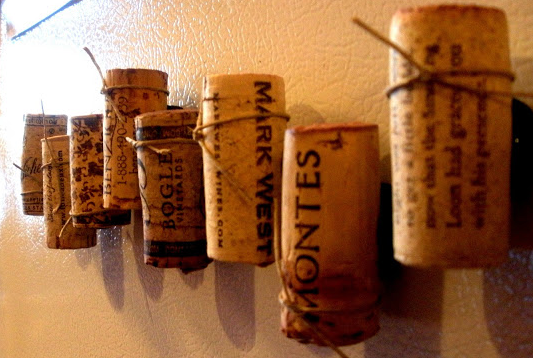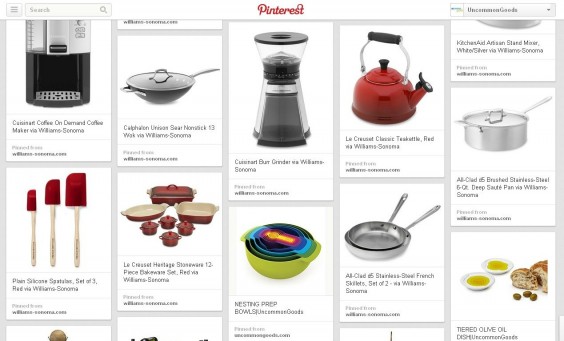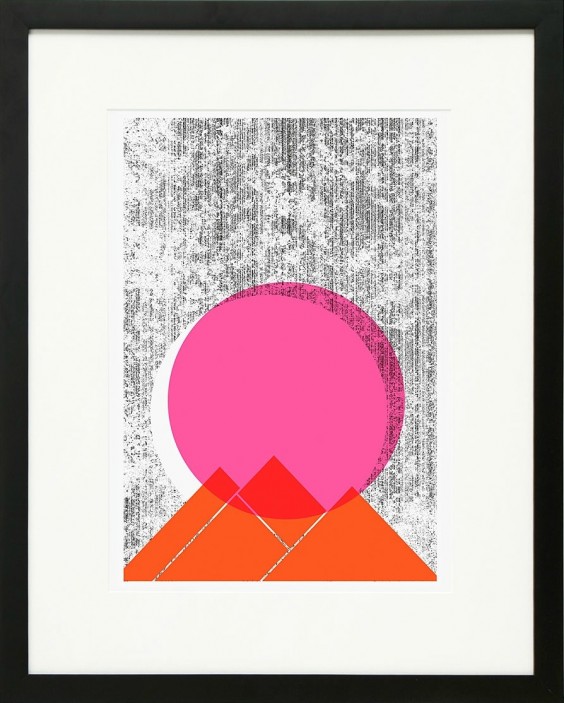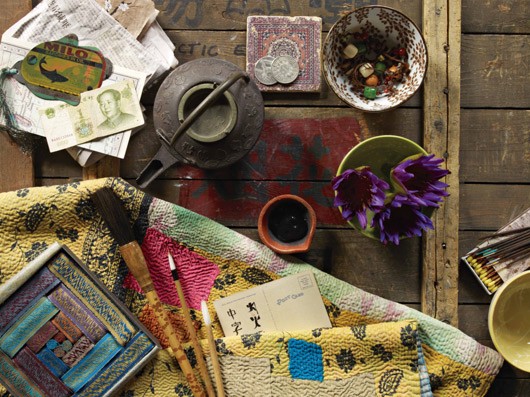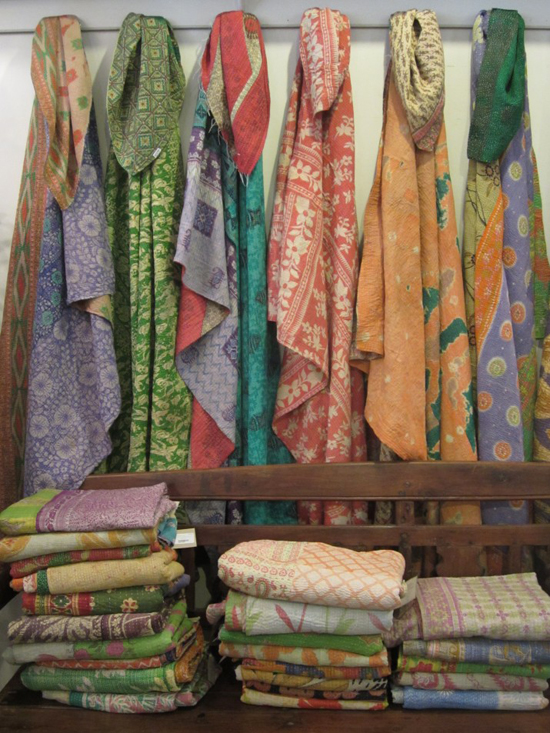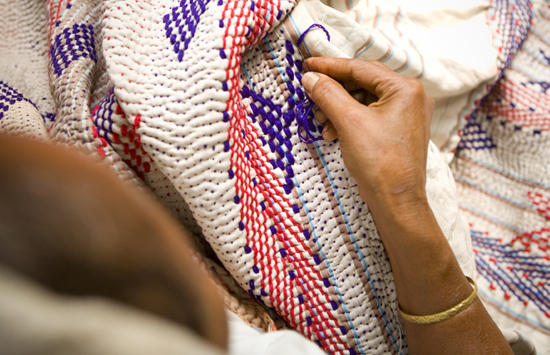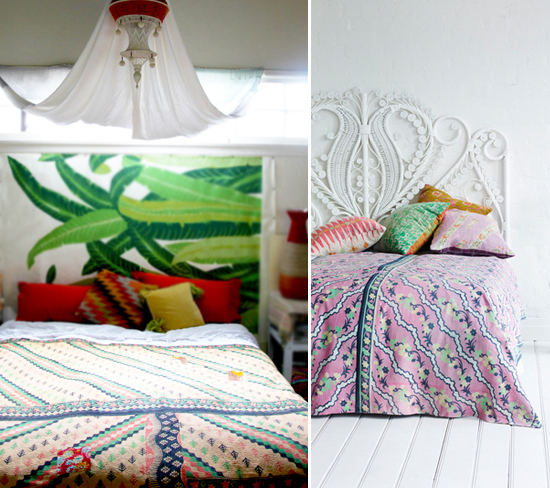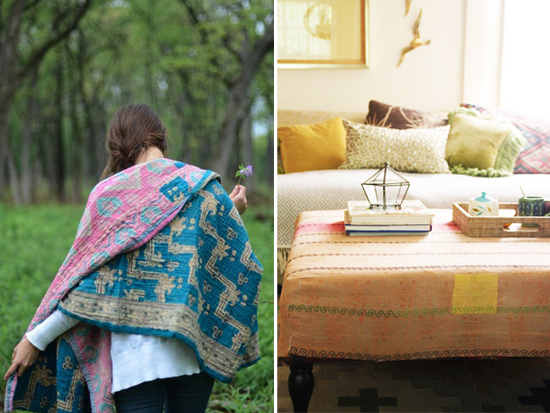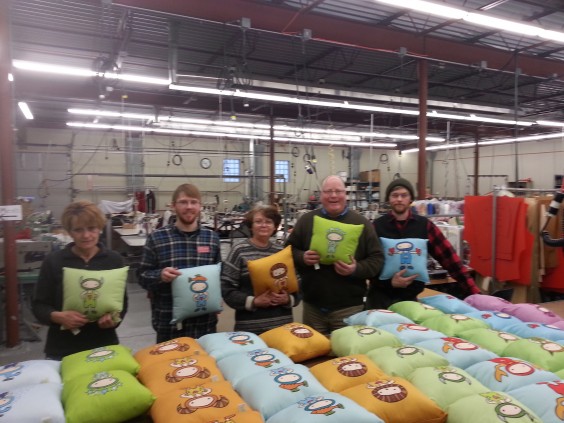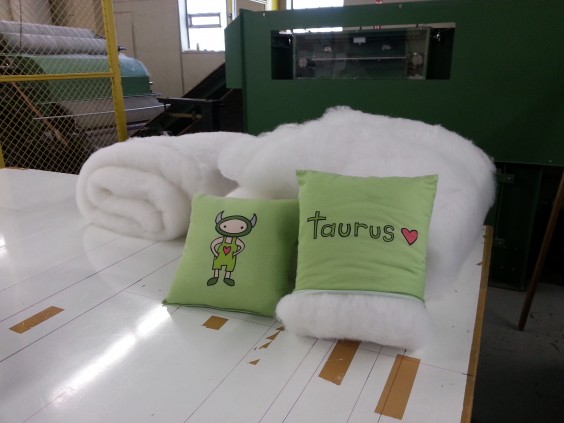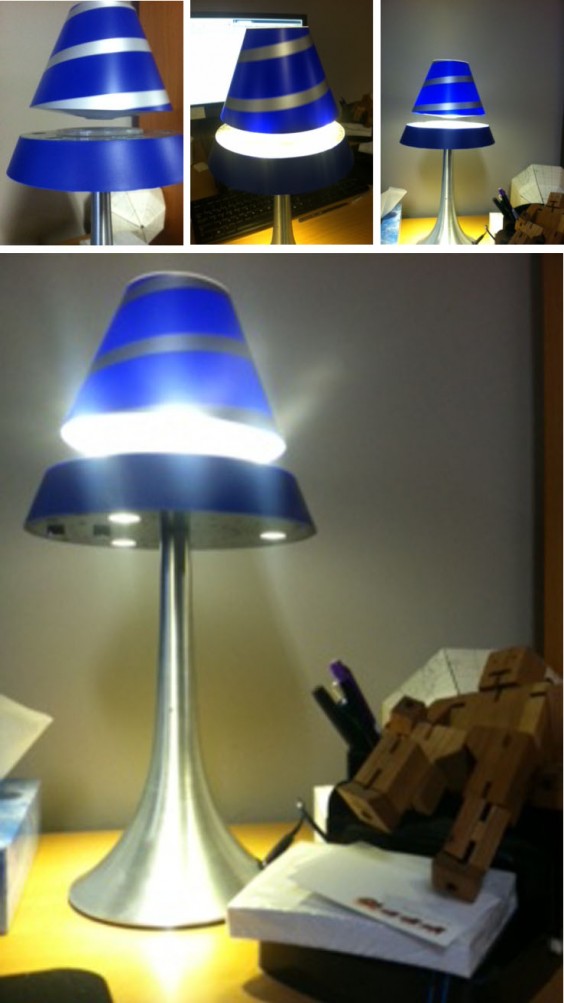The moment I saw Jeff Knight’s Nimbus Cloud Serving Board in our Woodworking Design Challenge I started rooting for it. I love the combination of sturdy, yet beautiful, hard maple and the whimsical cloud shape of the board–and the little raindrop serving trays are the perfect finishing touch to make this simultaneously playful and functional piece truly uncommon. When I found out that Jeff is from my hometown, I crossed my fingers a little harder, even though I was pretty confident our voting community would make sure the design made it to the final round. In the end, our community and our judges agreed with me that this wooden work of art was perfect for our assortment.
Since I happened to be planning a trip back home to Fargo, North Dakota, I HAD to jump on the opportunity to see where this winning design was born. Upon my arrival Jeff, in true Midwestern fashion, graciously welcomed me into his wood shop, offered up coffee, and gave me a tour of a beautifully sawdusty space called DIY Wood Studio, a shared woodworking environment filled will tools of all sizes, projects in the works, and a lot of inspiration.


